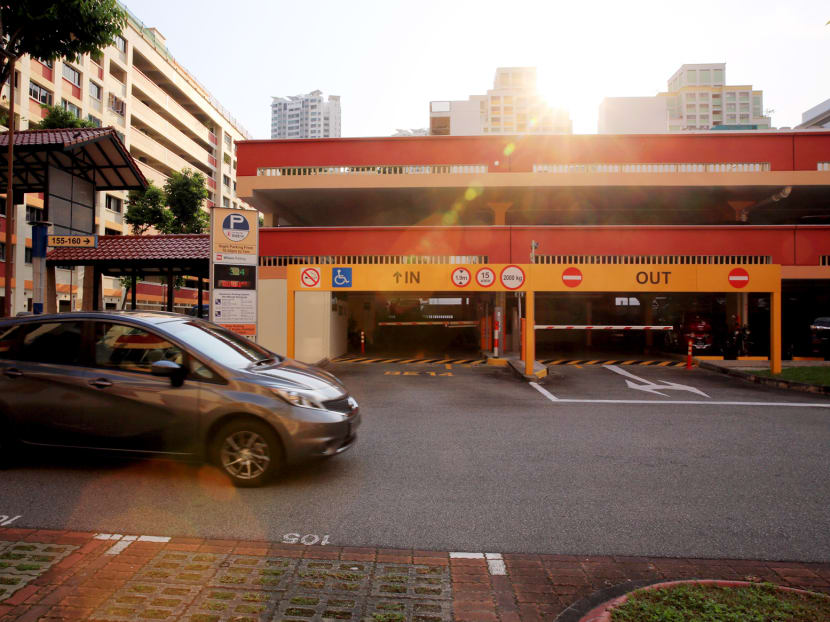Cases of engines left idling on the rise despite higher fines
SINGAPORE — Despite the fact that the stiffer fines for those who repeatedly leave their vehicle engines idling have made some impact, the total number of cases of engines left running continued to increase last year.
SINGAPORE — Despite the fact that the stiffer fines for those who repeatedly leave their vehicle engines idling have made some impact, the total number of cases of engines left running continued to increase last year.
After the higher fines took effect in June last year, the average number of offenders issued with warning letters or fines per month decreased by about 25 per cent compared with the five-month period before that, the National Environment Agency (NEA) said in response to queries.
In the first five months of last year, there were 416 cases, or 83 cases a month, that warranted warning letters or fines.
After the enhanced fine kicked in, there were 442 cases from June to December, or an average of 63 cases a month. For the whole year, however, the total was 858 cases, an increase from 2015 when there were 633 cases, or an average of 53 cases a month.
Including cases that only involved advisories issued to errant drivers, the NEA took enforcement action for over 6,000 cases last year, up from 5,100 in 2015.
“When the enhanced penalty for idling engine offences was announced, there was an increase in feedback and we stepped up our enforcement efforts, and more warning letters and fines per month were issued than previously,” the NEA said.
Leaving the engine of a motor vehicle running when it is stationary for reasons other than traffic conditions is an offence.
Amid an upward trend of such cases and concerns over pollution, the NEA last year enhanced the penalties.
Motorists caught leaving their vehicle engines idling for a second or subsequent time face a fine of S$100, up from S$70 previously.
If the sum is not paid, the motorist could be fined up to S$5,000 in court.
Exempted from the rule are vehicles that need their engines left on for machinery such as chiller trucks, buses and taxis in a queue at designated stops, emergency vehicles such as ambulances and vehicles undergoing inspection or maintenance.
The NEA said that drivers of commercial vehicles such as trucks, vans, private buses and taxis constituted the majority — more than 70 per cent — of offenders last year. There were a total of 10 repeat offenders.
To promote compliance, the NEA will continue to raise awareness among motorists of the requirement to switch off their vehicle engines when waiting, the agency said.







